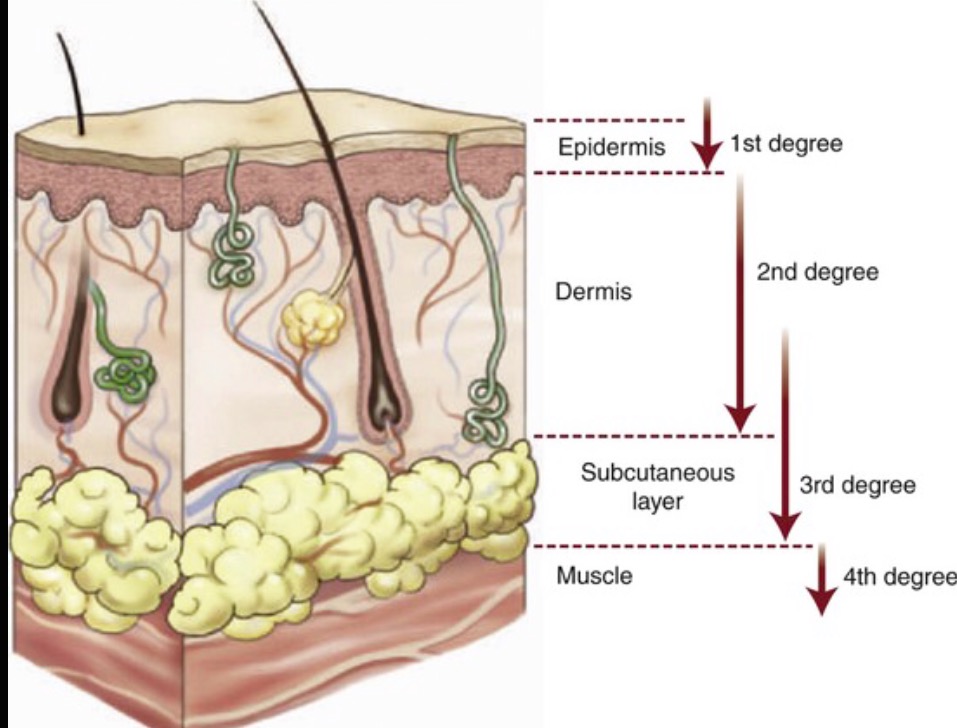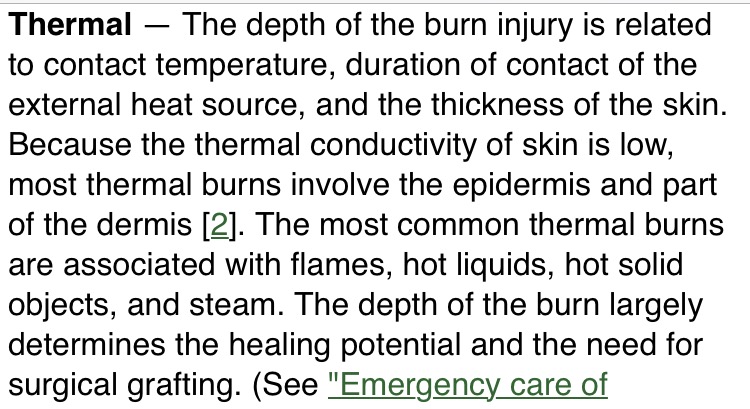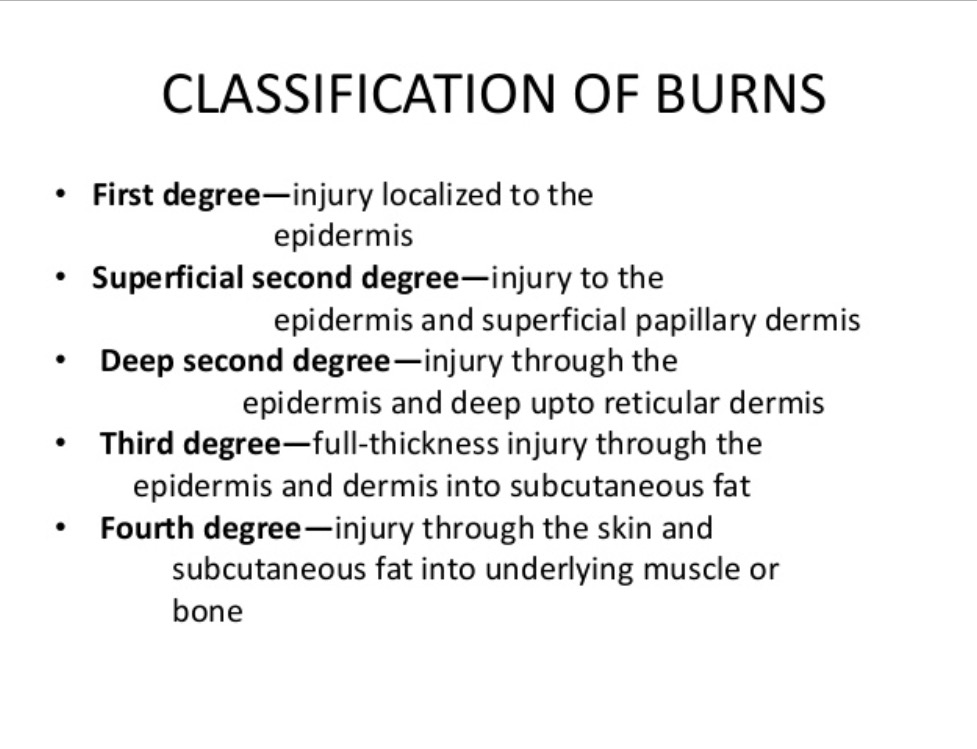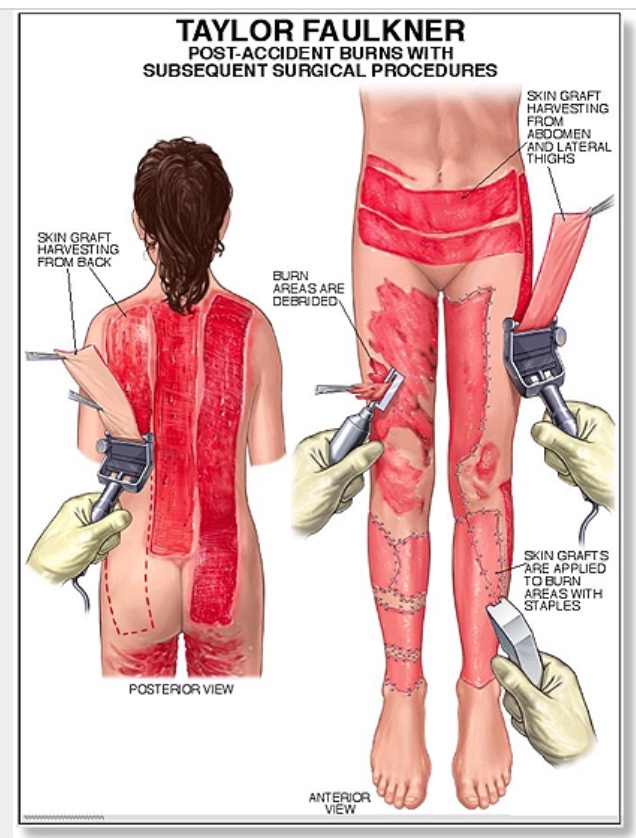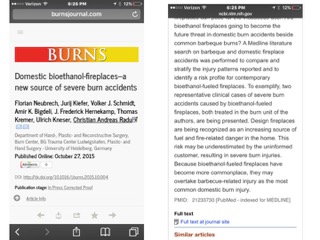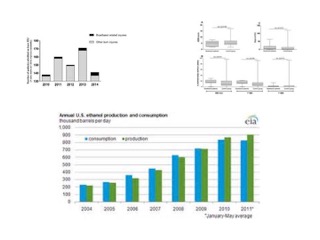The slogan, "Not Your Turn To Burn" came from a conversation with Dr. Price regarding all these examples of burns that keep happening.
"Not Your Turn To Burn"
- Leigh Ann Price, MD
DIRECTOR- NATIONAL BURN RECONSTRUCTION CENTER @ MEDSTAR- GOOD SAMARITAN HOSPITAL, IN BALTIMORE, MD
As a talented burn reconstruction surgeon, Dr. Price has spent years leading and training physicians in the Acute, Rehabilitative and Recovery phases of burn traumas. As an attending at Johns Hopkins, she has advanced several techniques and treatments and has achieved a lot in her career. Dr. Price says, "Helping with Safety & Prevention is like playing offense instead of defense, in medicine."
Domestic bioethanol-fireplaces–a new source of severe burn accidents
Florian Neubrech, Jurij Kiefer, Volker J. Schmidt, Amir K. Bigdeli, J. Frederick Hernekamp, Thomas Kremer, Ulrich Kneser, Christian Andreas Radu *
Department of Hand-, Plastic- and Reconstructive Surgery, Burn Center, BG Trauma Center Ludwigshafen, Plastic- and Hand Surgery - University of Heidelberg, Germany
Received 4 May 2015 Received in revised form 30 September 2015 Accepted 1 October 2015 Available online xxx
Burn accident Bioethanol Domestic fireplaces Burn prevention
Background: Bioethanol-fueled fireplaces are popular interior home decoration accessories. Although their safety is promoted frequently, actual presentations of severe burn injuries in our burn intensive care unit (ICU) have focused the authors on safety problems with these devices. In this article we want to explore the mechanisms for these accidents and state our experiences with this increasingly relevant risk for severe burn injuries.
Materials and Methods: The computerized medical records of all burn intensive care patients in our burn unit between 2000 and 2014 were studied. Since 2010, 12 patients with bioethanol associated burn injuries were identified. Their data was compared to the values of all patients, except the ones injured by bioethanol fireplaces that presented themselves to our burn ICU between the years 2010 and 2014.
Results: At time of admission the bioethanol patients had a mean ABSI-score of 4.8 (+/ 2.2 standard deviation (SD)). A mean of 17 percent (+/ 9.1 SD) body surface area was burned. Involvement of face and hands was very common. An operative treatment was needed in 8 cases. A median of 20 days of hospitalization (range 3–121) and a median of 4.5 days on the ICU (range 1–64) were necessary. No patient died. In most cases the injuries happened while refilling or while starting the fire, even though safety instructions were followed.
In the control group, consisting of 748 patients, the mean ABSI-score was 5.6 (+/ 2.7 SD). A mean of 16.5 percent (+/- 10.1 SD) body surface area was burned. Treatment required a median of 3 days on the burn ICU (range 1–120). Regarding these parameters, the burden of disease was comparable in both groups.
Conclusion: Bioethanol-fueled fireplaces for interior home decoration are a potential source for severe burn accidents even by intended use.
Take Away: While the quantity of some of these burns has decreased in this study, the severity has increased.




